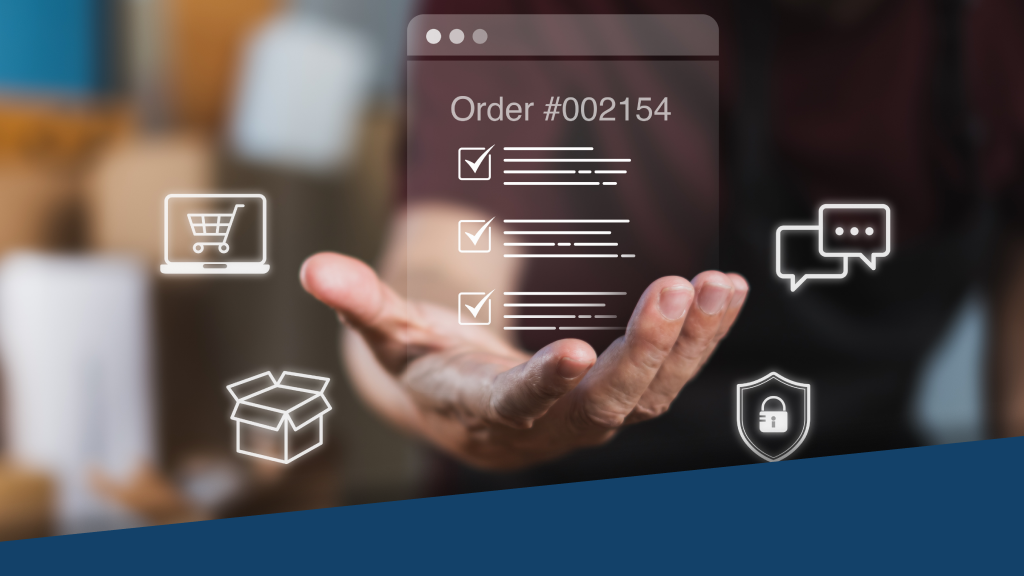
Key Points
- An order management system (OMS) helps businesses organize and track customer orders across sales channels.
- OMS software reduces the need to manually process orders and ensures they are fulfilled accurately.
- Effective order management is essential for customer satisfaction and business growth.
- Learning how to manage orders with an OMS sets the foundation for scaling ecommerce operations.
In this article, we’ll provide a beginner-friendly guide to help ecommerce sellers understand what an order management system (OMS) is, what it does, why it matters, and how businesses can effectively manage orders.
What Does OMS Stand For?
OMS stands for ‘Order Management System.’ It is a software solution designed to streamline and automate order processing for ecommerce businesses. Unlike a warehouse management system (WMS), which primarily focuses on inventory and warehouse operations, an OMS centers around the full lifecycle of customer orders, making it typically the first system sellers adopt when manual processes no longer scale.
What Does an Order Management System Do?

An order management system handles the entire order journey—from the moment a customer clicks ‘purchase’ to the delivery at their doorstep. Key functions include:
- Consolidating orders from various sales channels into one central location.
- Tracking order statuses, such as pending, shipped, and delivered.
- Synchronizing inventory across platforms to avoid overselling.
- Prioritize orders to pick, pack, and ship depending on specific criteria (for example, VIP customers, Prime orders, or orders that must be put on hold until payment is received).
By automating these processes, an OMS reduces manual effort, minimizes errors, and ensures smoother operations, enabling sellers to manage orders efficiently as their business grows.
Why Is Order Management Important?
Effective order management is critical because poorly managed orders can lead to missed deliveries, shipping delays, and ultimately, dissatisfied customers. As ecommerce sellers grow, managing orders manually with spreadsheets or paper logs becomes unsustainable, causing operational bottlenecks that hinder growth.
Implementing an OMS helps ensure:
- Improved customer satisfaction through timely, accurate deliveries.
- Enhanced brand reputation by reducing errors and delays.
- Greater ability to scale, allowing businesses to manage increased order volumes seamlessly.
How to Keep Track of Orders Effectively?
Manual tracking methods may work initially, but quickly become impractical. An OMS offers automation to solve these issues, providing significant benefits:
- Reduced errors through automated order processing.
- Faster fulfillment due to real-time tracking and updates.
- Enhanced visibility across all sales channels.
To effectively manage orders, consider the following practical tips:
- Choose an OMS that consolidates orders from all channels.
- Utilize real-time status tracking features.
- Regularly review reports for insights into sales trends and fulfillment performance.
Getting Started With an OMS

Knowing when to transition from manual order management processes to an OMS can be challenging. Typically, if you’re spending too much time processing orders, encountering frequent mistakes, or experiencing growing pains due to increased sales volume, it’s time to consider an OMS.
When evaluating OMS options, focus on scalability, ease of use, and integration capabilities. Descartes Sellercloud offers a solution designed specifically for ecommerce sellers who are ready to move beyond spreadsheets and manual processes. It consolidates orders across all channels, provides real-time tracking, and scales easily with your business growth.
For a deeper dive into order management best practices, check out our comprehensive order management guide.
Book a Descartes Sellercloud demo today to discover how we can eliminate your order management challenges.




